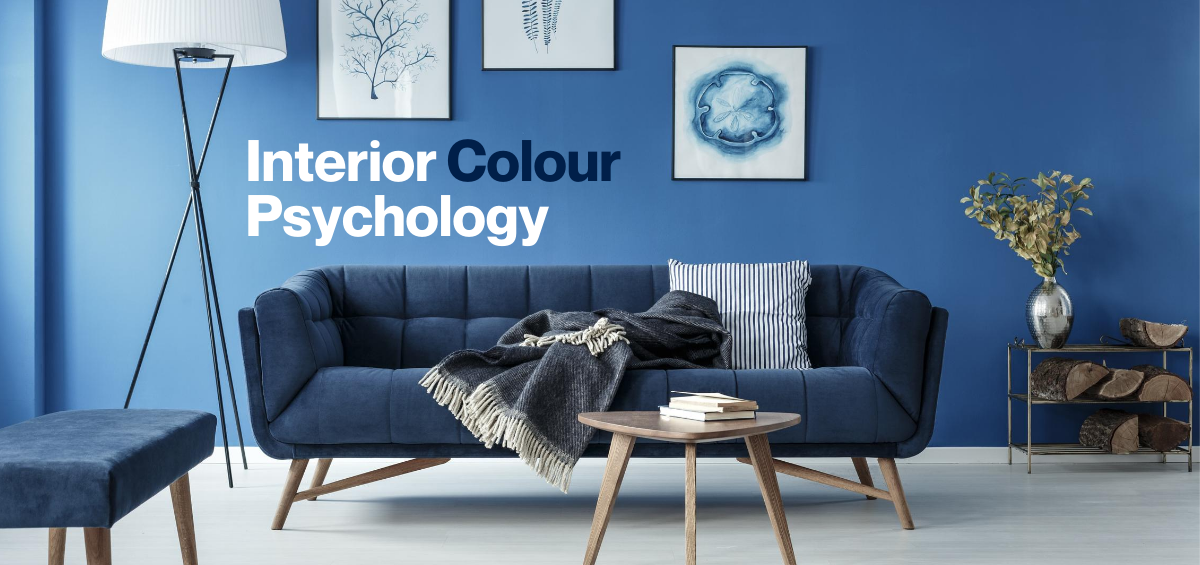
10 Aug Colour Psychology in Your Home
Studies show how colours affect perceptions and behaviors in marketing and branding but it’s also a powerful tool in your homes interior. It’s proven different shades evoke certain emotions so, when choosing your colours, it’s important to consider the kind of atmosphere you wish to create.
Let’s explore the emotive effects of colour psychology in interior design.
BLUE
Blue is one of the strongest hues of the colour psychology spectrum. is said to bring down blood pressure and slow respiration and heart rate. That is why it is considered calming, relaxing and serene, and it is often recommended for bedrooms and bathrooms.
GREY
Grey is one of those versatile colours that can take on a range of personalities. The shade in colour psychology is thought to influence perceptions of security, intelligence and solidity. It’s also said to stir a feeling of calm and composure – a quality that’s ideal for family homes with excitable little ones.
RED
Red raises a room’s energy level. The most intense color, it pumps the adrenaline like no other hue. It is a good choice when you want to stir up excitement, particularly at night. In the living room or dining room, red draws people together and stimulates conversation. In an entryway, it creates a strong first impression.
PURPLE
In its darkest values (eggplant, for example), is rich, dramatic and sophisticated. It is associated with luxury and creativity; as an accent or secondary color, it gives a scheme depth. Lighter versions of purple, such as lavender and lilac, bring the same restful quality to bedrooms as blue does, but without the risk of feeling chilly.
YELLOW
Captures the joy of sunshine and communicates happiness. It is an excellent choice for kitchens, dining rooms and bathrooms, where it is energizing and uplifting.
GREEN
Green is an extremely positive hue as it stimulates thoughts of balance, growth and restoration in colour psychology. It immediately brings the natural world to mind as it an incredible way to bring a refreshing sense of nature indoors, especially if your home is located in a city with little surrounding greenery
Whether you’re looking to add occasional bursts of colour or decorate your entire room from top to bottom, discover the emotive effects of colour psychology in interior design and choose the right c0lour to suit your lifestyle and desired atomsphere.
Reference: Mihai , Inspiration (www.freshome.com)
